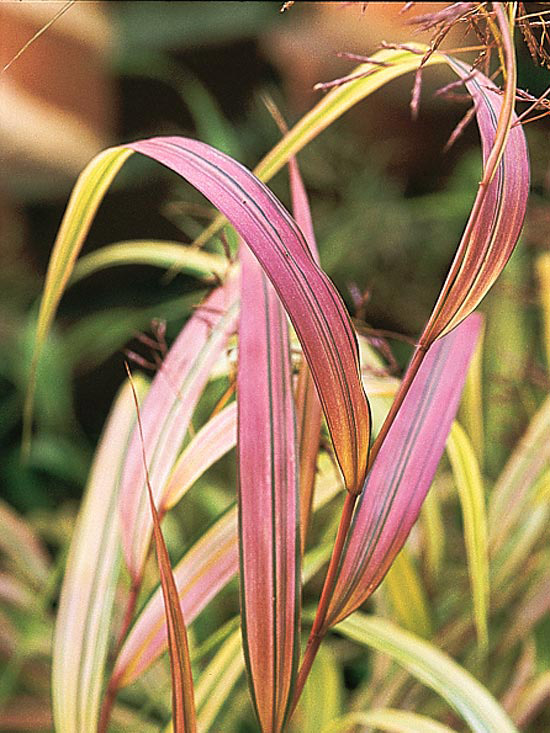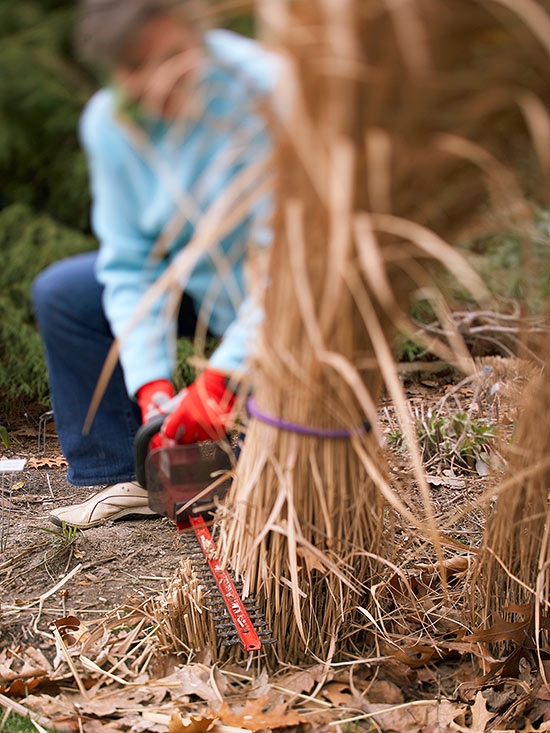






If you don't have an abundance of time to maintain your garden, ornamental grasses are a perfect plant choice. Most species are not picky about soil, though they appreciate good drainage, as do most plants. Once they're established, grasses tend to be fairly drought tolerant, and are susceptible to few pests. Even deer don't find most of them palatable.
See more of the beauty of ornamental grasses.
continue reading below
Planting Basics:
The best time for planting grasses is in the spring or fall. Choose a site with well-drained soil and a sunny exposure. Some warm-season grasses will do better if planted in the spring to allow the growing season to establish a good root system prior to winter.
Annual Chores:
Leave your grasses standing through winter, then cut them back in spring before the new growth gets going. That way you can have a fourth season of enjoyment from your grasses, which may attract birds to the seed heads in winter.
A sturdy pair of handheld shears makes easy work of pruning smaller grasses. Use electric or gas-powered hedge trimmers for larger grasses or where the clumps have grown dense. Shear off the foliage so you have at least 2 to 3 inches of the clump remaining for smaller grasses, 4 to 5 inches for larger grasses.
Every 3 to 4 Years
After a few years in the garden, even the slower-growing grasses may grow out of their intended home. By spading off pieces of the parent plant, you can whittle it down to a more manageable size. Plus, you now have additional plants to spread around the garden or give to neighbors.
Divide grasses in early spring before the plant has put on much new growth. Start by shearing off last year's growth, if you haven't already. Using your spade, make a cut in the soil about an inch or so away from the clump. Then make several cuts straight down through the clump to portion off a piece. Lift out the new portion of grass, roots and all. Plant the new piece as soon as possible and fill in the hole you left by the parent plant with a mix of compost and soil.
Grass clumps may die out in the center as the plant ages. Periodic division, as described above, may prevent this, but if not, dig up the clump (in early spring before growth begins) and divide it. Split off a healthy piece of the clump and replant in the original growing site. The remainder of the clump can be broken up and planted elsewhere.
Copyright © www.100flowers.win Botanic Garden All Rights Reserved